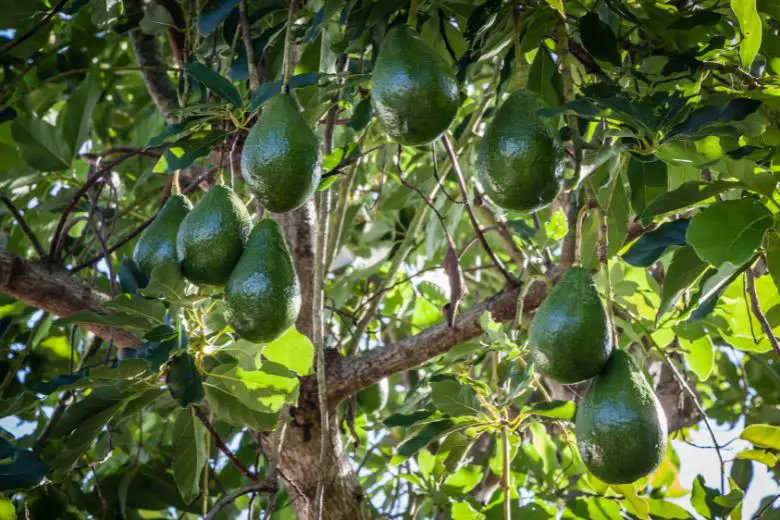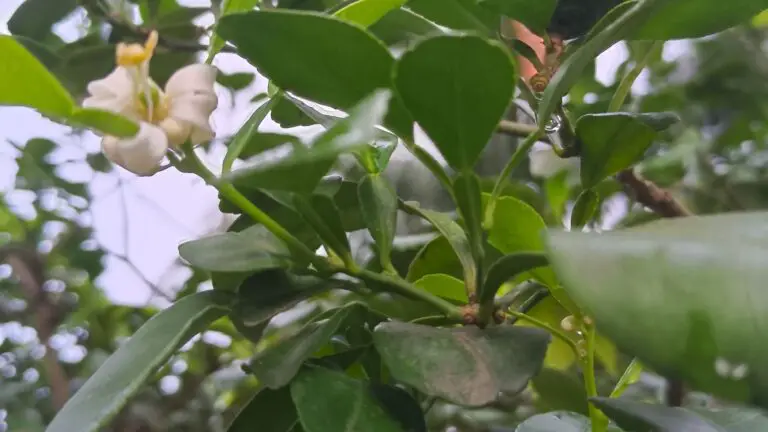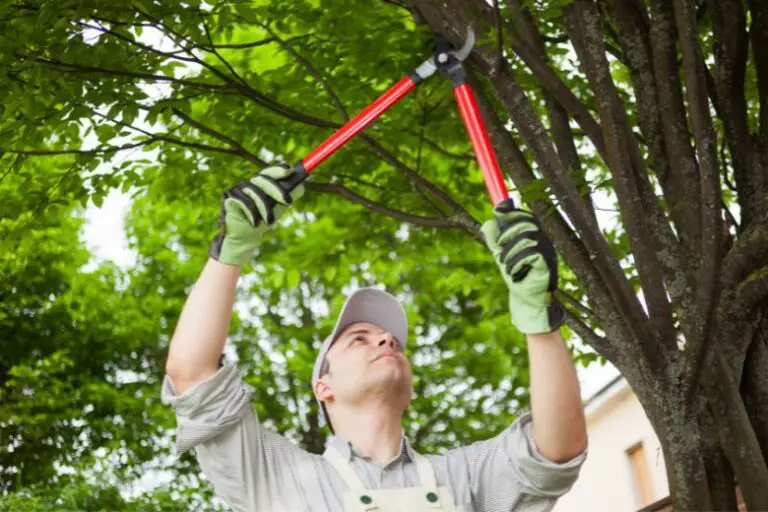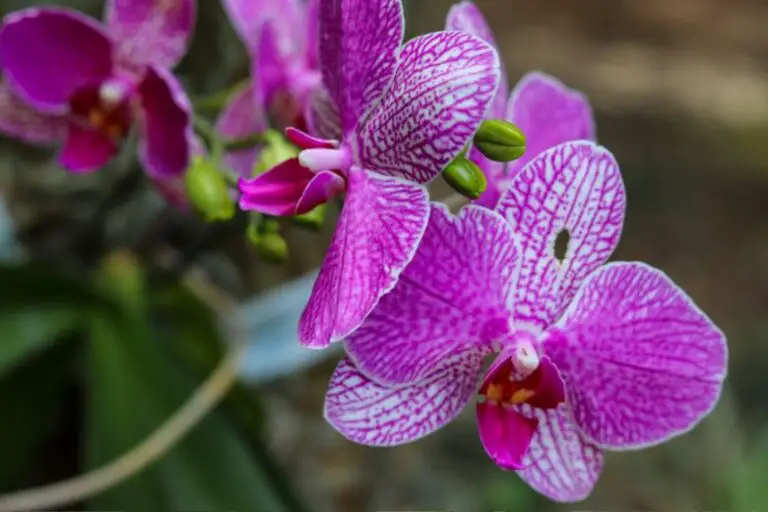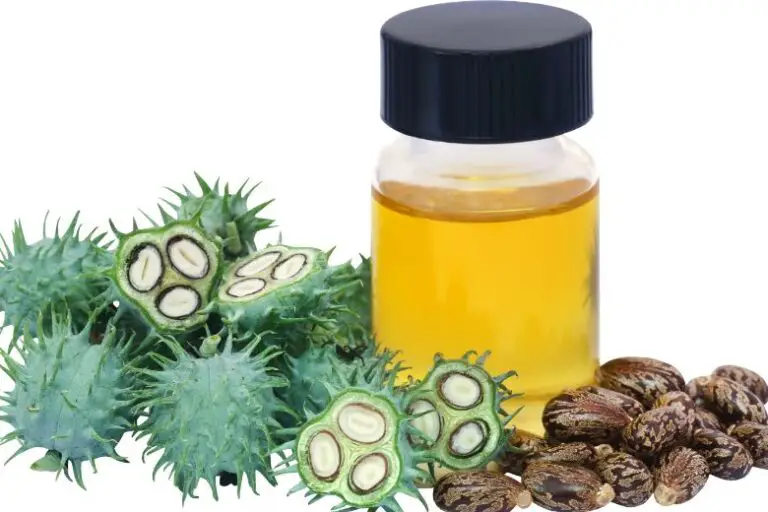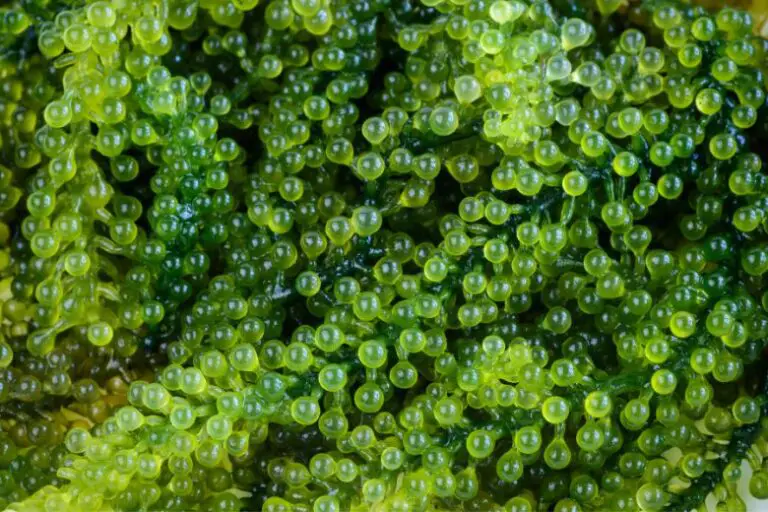When Do Avocado Trees Bloom in Florida
Avocado trees are a quintessential part of Florida’s vibrant agricultural landscape, producing the creamy green fruit that has become a staple in kitchens across the nation. If you’re a Floridian avocado enthusiast or an eager gardener looking to cultivate these delicious treasures, understanding the timing of avocado tree blooming is crucial.
The Marvelous Avocado and Its Floridian Home
The “Sunshine State” is not just known for its stunning beaches and warm climate; it’s also a haven for avocado trees. These evergreen beauties thrive in Florida’s subtropical and tropical regions, where the climate provides the perfect conditions for their growth. With its lush foliage and delectable fruit, the avocado tree has earned its place as a beloved resident of Florida’s agricultural tapestry.
Understanding the Blooming Patterns of Avocado Trees
The Intricacies of Avocado Tree Blooms
Avocado trees, scientifically known as Persea americana, exhibit a unique blooming pattern influenced by various environmental cues. While the specific timing can vary based on factors like tree age, local climate, and avocado tree variety, there are general trends that can help us predict when these trees burst into a fragrant spectacle of blossoms.
Factors Influencing Blooming Time
Several factors contribute to the timing of avocado tree blooms in Florida:
- Variety Matters: Different avocado varieties have distinct blooming periods. The most common varieties in Florida, such as the “Hass” and “Choquette,” each have their own preferred time for flowering.
- Chill Hours: Avocado trees require a certain number of chill hours (hours with temperatures between 32°F and 45°F) during winter to stimulate blooming in the spring.
- Rainfall: Adequate water availability, often linked to rainy seasons, plays a role in triggering avocado tree blooms.
- Sunlight Exposure: The duration and intensity of sunlight exposure can impact the blooming process.
- Pruning: Proper pruning practices can affect the growth and distribution of flowers on the tree.
The Stages of Avocado Tree Blooming
Avocado tree blooming occurs in distinct stages, each contributing to the eventual formation of delicious avocados:
- Dormant Stage: During winter, avocado trees enter a dormant phase. This is when they accumulate the chill hours necessary for blooming.
- Flower Buds Formation: As spring approaches, flower buds begin to form on the tree’s branches.
- Blooming: The tree adorns itself with delicate flowers, ranging in color from pale green to yellow. These flowers are a magnet for pollinators like bees.
- Pollination: Successful pollination is essential for fruit set. Bees and other insects play a vital role in transferring pollen from one flower to another.
- Fruit Development: After successful pollination, the tree’s focus shifts to nurturing the young fruit. The tiny avocado embryos start to grow.
- Fruit Maturation: Over the following months, the avocados mature, gradually reaching their optimal size and taste.
Timing and Varieties of Avocado Tree Blooms in Florida
Avocado trees, with their luscious green fruit and creamy texture, are a staple in many households. Cultivated for their rich taste and numerous health benefits, avocados have become a popular ingredient in dishes ranging from salads to smoothies. If you’re an avocado enthusiast or a farmer looking to grow these delightful trees, understanding the timing and varieties of avocado tree blooms in Florida is essential.
The Avocado Phenomenon
Avocado, scientifically known as Persea americana, is a native of south-central Mexico. It belongs to the Lauraceae family, which also includes cinnamon and laurel. Renowned for its unique taste and high nutrient content, the avocado has experienced a remarkable surge in popularity over the past few decades. With its creamy texture and versatile flavor profile, it has seamlessly integrated itself into various culinary traditions worldwide.
Understanding the Avocado Bloom Cycle
Spring Awakening: The Beginning of Blooms
In Florida, the avocado bloom cycle is primarily influenced by seasonal changes. Spring, often characterized by warming temperatures and longer days, marks the awakening of avocado trees from their winter dormancy. During this period, avocados prepare to bloom, signaling the start of a new growing season.
Burst of Life: Avocado Blossom Formation
As the spring season progresses, avocado trees transition from dormant buds to vibrant blossoms. The timing of this transition varies among different avocado varieties. Some varieties, such as the ‘Choquette’ and ‘Simmonds,’ begin their bloom formation as early as February, while others, like the ‘Brogdon’ and ‘Lula,’ hold off until April.
A Symphony of Colors: Avocado Bloom Appearance
Avocado blossoms are a sight to behold, boasting a delicate blend of colors. The petals showcase hues ranging from pale green to vibrant yellow, creating a stunning visual contrast against the tree’s lush foliage. These blossoms also emit a mild, sweet fragrance, attracting pollinators such as bees and butterflies.
Varieties of Avocado Trees and Their Blooming Patterns
The Alligator Pear: ‘Bacon’ Avocado
The ‘Bacon’ avocado variety, named after its smooth, thin skin that resembles bacon, is among the earliest bloomers in Florida. Its creamy texture and nutty flavor make it a sought-after choice for salads and guacamole. The ‘Bacon’ avocado tree typically begins its blooming process in March, showering the landscape with its pale-yellow blossoms.
The Green Gem: ‘Hass’ Avocado
Arguably the most popular avocado variety globally, the ‘Hass’ avocado is renowned for its pebbled skin and rich taste. In Florida, the ‘Hass’ avocado tree usually commences its bloom cycle in late winter or early spring, producing an abundance of small, dark purple flowers.
The Winter Warrior: ‘Lula’ Avocado
As a late bloomer, the ‘Lula’ avocado variety prefers to showcase its blossoms in April. This variety is highly regarded for its ability to withstand colder temperatures, making it a favored choice for northern regions of Florida. The ‘Lula’ avocado’s pale-yellow flowers are a testament to its hardiness and resilience.
The Velvety Delight: ‘Day’ Avocado
With its velvety skin and buttery taste, the ‘Day’ avocado variety captures the essence of indulgence. In Florida, ‘Day’ avocado trees begin their bloom cycle in March, adorning the branches with their petite, pale green blossoms. This variety’s relatively early blooming pattern makes it a delightful addition to spring landscapes.
Factors Influencing Avocado Bloom Timing
Climate Considerations: Temperature and Rainfall
The timing of avocado tree blooms is intricately linked to climatic conditions. Warm temperatures and moderate rainfall create an ideal environment for blossoms to emerge. Florida’s subtropical climate, characterized by mild winters and humid summers, provides a conducive backdrop for avocado trees to thrive.
Chilling Hours: A Prerequisite for Blooming
Chilling hours, defined as the cumulative number of hours the temperature remains between 32°F and 45°F, play a crucial role in avocado bloom initiation. These chilling hours are essential for breaking the dormancy of avocado buds, allowing them to transition into the blooming phase. Varieties such as ‘Brogdon’ and ‘Simmonds’ have lower chilling hour requirements, making them well-suited for regions with milder winters.
Caring for Avocado Trees During Bloom
Pollination Partners: The Role of Bees
Pollination is a vital step in the avocado bloom cycle, as it directly influences fruit production. Bees, with their diligent foraging habits, contribute significantly to successful pollination. To encourage bee activity, consider planting bee-friendly flowers and avoiding the use of harmful pesticides.
Nourishing the Blooms: Proper Fertilization
During the bloom cycle, avocado trees require adequate nourishment to support the development of healthy blossoms. Applying a balanced fertilizer with essential nutrients, such as nitrogen, phosphorus, and potassium, can enhance bloom formation and overall tree vigor.
Protecting Against Unforeseen Frost
Frost poses a significant threat to avocado blossoms, potentially jeopardizing the upcoming fruit harvest. When frost is forecasted, employing protective measures such as frost cloth or irrigation can help mitigate the damage. It’s crucial to monitor weather forecasts closely and take preemptive action to safeguard your avocado blooms.
Tips for Maximizing Avocado Tree Blooms
Nurturing Your Avocado Tree for Abundant Blooms
- Proper Watering: Maintain a consistent watering schedule, especially during dry spells, to ensure your avocado tree receives adequate hydration.
- Fertilization: Apply a balanced fertilizer with essential nutrients to promote healthy flowering and fruit development.
- Mulching: Mulch around the base of the tree to conserve soil moisture and maintain even temperatures.
- Pruning Techniques: Employ correct pruning techniques to encourage air circulation and sunlight penetration, which can enhance flowering.
- Protect from Frost: Shield young trees from potential frost damage during colder months, as frost can hinder blooming.
The Buzz about Pollination
Successful pollination is vital for avocado fruit production. Consider these pollination pointers:
- Attract Pollinators: Cultivate plants that attract pollinators, such as flowers rich in nectar.
- Bee-Friendly Environment: Avoid excessive pesticide use to create a hospitable environment for bees and other pollinating insects.
- Hand Pollination: In cases of limited pollinator activity, you can hand-pollinate avocado flowers using a small brush or cotton swab.
FAQs About Avocado Tree Blooming
Do all avocado trees bloom at the same time in Florida?
No, different avocado varieties have distinct blooming periods, which can vary based on factors like location and weather conditions.
Can I grow an avocado tree from a seed found in a store-bought avocado?
While it’s possible, growing an avocado tree from a seed may not yield the same quality fruit as the parent plant. It’s recommended to start with a grafted tree for optimal results.
What pests should I watch out for during the blooming season?
Aphids and thrips are common pests that can affect avocado trees during the blooming stage. Regular monitoring and appropriate pest control measures can help mitigate their impact.
How long does it take for avocado blossoms to turn into ripe fruit?
After successful pollination, it generally takes about nine to twelve months for avocado blossoms to mature into fully ripe fruit.
Can I prune my avocado tree during blooming?
It’s best to avoid extensive pruning during the blooming period, as it may disrupt flower formation and reduce fruit production. Pruning is best done after the harvest.
Conclusion
The captivating journey of avocado tree blooming in Florida is a testament to the intricate dance between nature’s rhythms and human nurturing. As you embark on your avocado-growing adventure, remember that timing is key, and a little care goes a long way. By understanding the factors that influence blooming, the stages of growth, and essential care practices, you’ll be well-equipped to witness the breathtaking transformation of blossoms into delectable avocados. So, roll up your sleeves, embrace your green thumb

